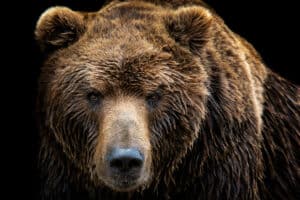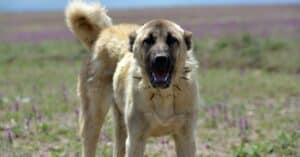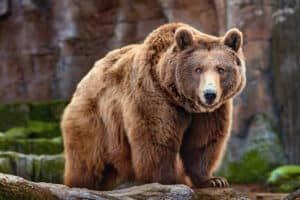Continue reading for our analysis...
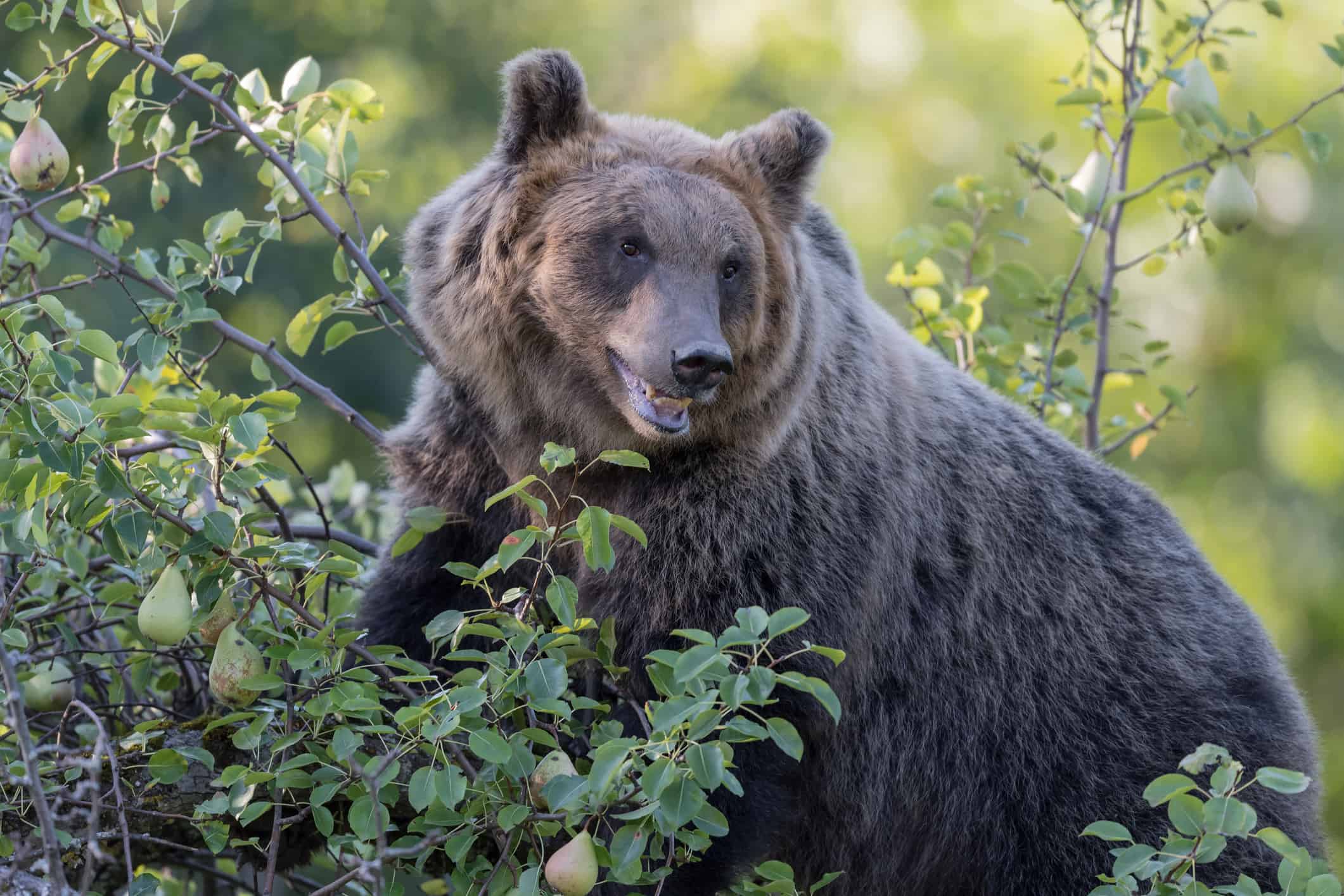
The Marsican bear (also known as the Apennine brown bear) is one of Italy’s treasures. Italy is home to more than 57,000 species of animals but the Marsican bear is the most endangered.
In fact, Italy is the most biodiverse of all the European countries primarily because it is at the point where several continents connect: Europe, Africa, and the Middle East.
Therefore, it can provide a wider range of ecological habitats including mountain ranges, woodland, shrublands, and 4,900 miles of coast.
The Rare Marsican Bear
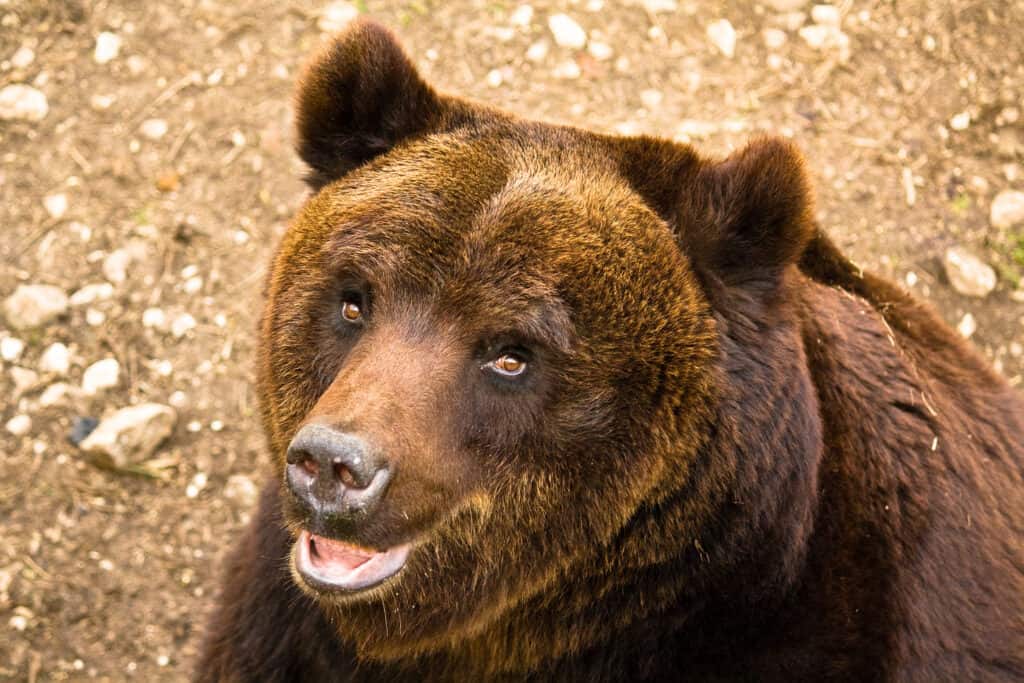
Marsican brown bears are a critically endangered species, with only about 50 surviving in the wild.
© – License
There are eight different species of bear, and the Marsican bear is a type of brown bear. Their scientific name is Ursus arctos marsicanus although not everyone accepts them as a separate species. They are found only in a specific 5,000 to 8,000 square kilometer area in the Appenine Mountains. Most of this is in the Abruzzo-Lazio-Molise National Park which was created in 1923 specifically to protect the bears.
Marsican bears are the rarest bears on earth. There are only 50-60 of them alive today. Their diet consists mainly of plants and they like apples, pears, prunes, tubers, roots, fungi, and berries although they will also hunt small animals and insects as well.
They have even been known to take sheep and cattle and this brings them into conflict with the local farmers.
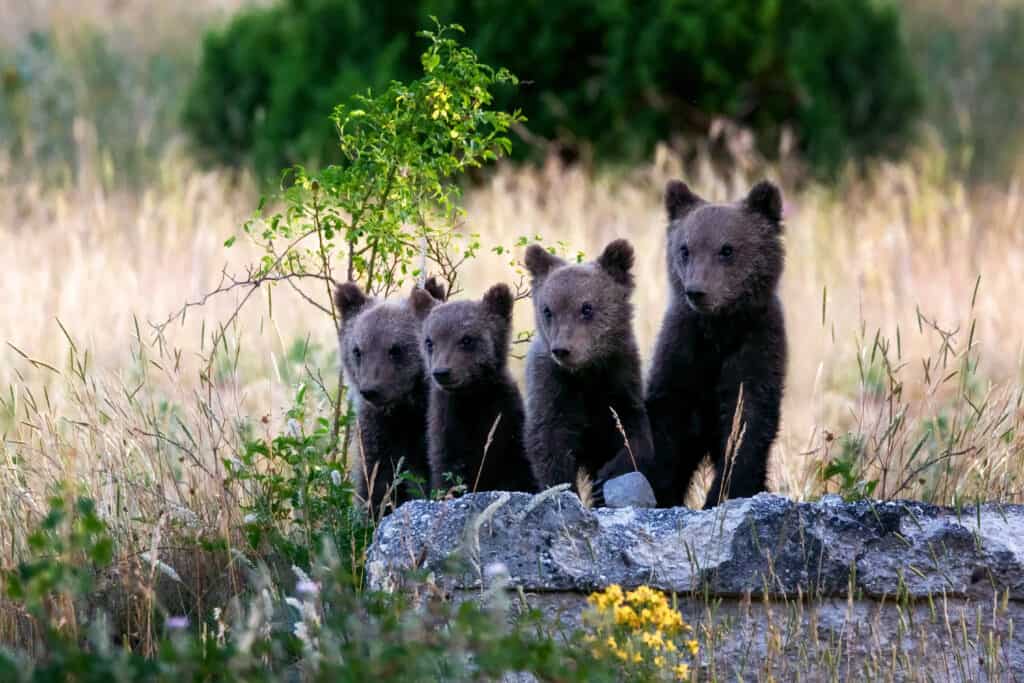
Marsican bears are a protected species in the Abruzzo region of Italy.
©Claudio Bottoni/Shutterstock.com
How Long Do Marsican Bears Live?
Marsican bears, also known as Apennine brown bears, are a critically endangered species found only in central Italy. They have a lifespan of approximately 20-25 years in the wild. However, their longevity can be affected by various factors such as habitat loss and fragmentation, hunting activities, and disease outbreaks.
The Marsican bear population has been declining rapidly due to human encroachment on their habitats and poaching for body parts that are used in traditional medicine. These threats have led to a decrease in genetic diversity among the population, which makes them more susceptible to diseases.
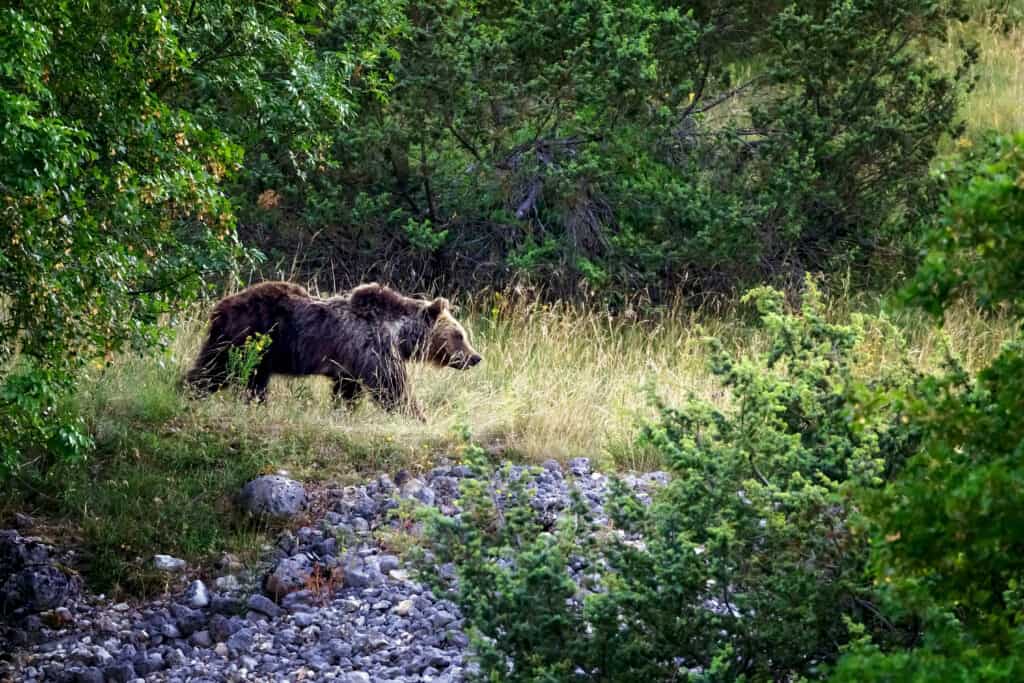
Marsican brown bears usually live 20-25 years in the wild.
©Claudio Bottoni/Shutterstock.com
Efforts are being made by conservationists to protect this rare species through various measures, including habitat conservation programs and anti-poaching initiatives. The survival of Marsican bears is crucial not just for the ecological balance but also for cultural reasons, as they play an important role in Italian folklore.
In conclusion, while Marsican bears may live up to 25 years in the wild if left undisturbed by humans or other environmental factors, it is critical that we take steps toward protecting these beautiful creatures from extinction so that future generations can continue to enjoy their presence on Earth.
The Bear named Amarena and Her Cubs
The wonderful female bear that we see in this video is called Amarena. She can be seen quite high up in a tree where she seems to be teaching her cubs how to climb and find food. We also see one of the cubs learning how to stand up on their two rear limbs which can be used as a sign of aggression when they are older but is also useful for reaching food from trees.
From the video, we learn video that Amarena gave birth to four healthy cubs in 2020 which has not been recorded for this species before. It is fairly unusual for all brown bears, who generally give birth to two cubs. The cubs seem to be well which is also great news – mortality for these bear cubs in the wild is thought to be 50 percent. Hopefully, this bodes well for the survival of the species.
Marsican Bears Vs. Brown Bears

Marsican bears are significantly smaller than brown bears.
©iStock.com/Paolino Massimiliano Manuel
The marsican bear is a member of the brown bear family, although they do have slight differences. While they are both omnivores and are nocturnal, there are a few of their contrasts.
While both Marsican bears and brown bears belong to the same family of Ursidae, they have distinct physical differences that set them apart. The Marsican bear, also known as the Apennine brown bear, is a subspecies of the brown bear native to central Italy. It is smaller in size compared to its cousin, the Eurasian brown bear or grizzly bear.
The most noticeable difference between these two species is their physical appearance. Marsican bears have shorter snouts and rounded ears compared to the more elongated snout and pointed ears of brown bears. Additionally, while both species have shaggy fur coats with varying shades of browns and blacks, Marsican bears tend to be lighter in color with less pronounced markings on their faces.
| Marsican Bear | Brown Bear | |
|---|---|---|
| Characteristics | Calm, no aggression toward humans | Shy but unpredictable in temperament |
| Appearance | Males’ head is short, large, and high, with a pronounced crest and a short muzzle | Round in shape and small rounded ears, with a wide skull |
| Weight | 300 to 500 pounds | 220 to 650 pounds |
| Height | 5 foot 9 inches – upright | 5.5 to 7 feet tall, upright |
More Amazing Animal Videos You May Enjoy!
A visitor of Tiergarten Worms Zoo brought their adorable border collie along for an adventure. Little did they know, their dog would have an interesting encounter with a gray wolf in captivity. The dog’s excitement is expressed through its excessive tail wagging, seeing one of its ancestors for the first time.
Thank you for reading! Have some feedback for us? Contact the AZ Animals editorial team.



